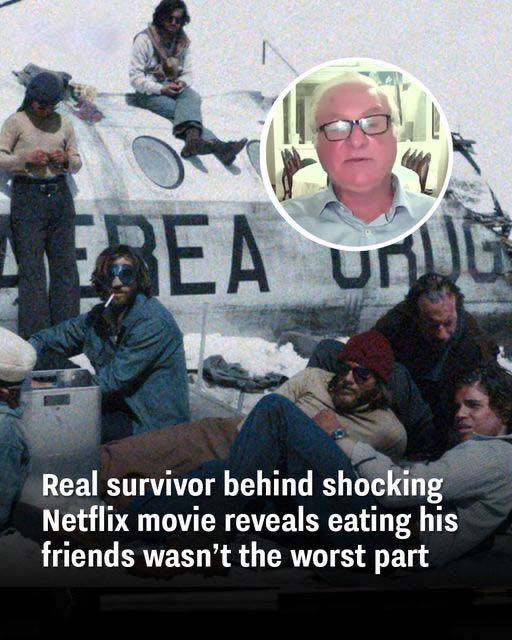The survivalist story of the 1972 Uruguayan rugby team’s plane crash, as portrayed in Netflix’s “Society of the Snow,” shows us a chilling revelation. According to survivor Roberto Canessa, the true horror wasn’t in the act of cannibalism, it was the avalanche that buried him alive for an agonizing five or six minutes. He said, “The people that look at this story from outside think that eating our dead friends was the worst part. But the worst part was the avalanche”.1
Building the Society of Snow
In freezing temperatures and fighting starvation, a team of 19-year-old rugby players and university students created a makeshift society for survival. The resourcefulness of converting the wrecked plane into a shelter and repurposing its parts were things director J.A. Bayona wanted emphasized in the intimate interviews with the survivors.2
“Society of the Snow” unveils the ironic twist of survivors initially deciding against consuming the dead, only to realize later that they were inadvertently consuming their own bodies. Director Bayona noted that the depiction of black urine signifies the body consuming organs to survive, not fat. This twist adds a layer of complexity, shedding light on the paradoxical choices made by survivors in their desperate bid for survival in the unforgiving Andes. Do you choose to eat to survive, or let your body make the choice for you?
The Miraculous Journey of Survivors
The real story of Uruguayan Flight 571 is one of disaster, endurance, and resilience. After the plane crashed near El Sosneado mountain, the survivors were forced to face extreme conditions; dealing with blizzards, avalanches, and extreme hunger. On top of that, the group had no medical supplies, heat, or adequate food. In the end, they did end up resorting to cannibalism (of the deceased passengers) to stay alive.
The grim decision was born out of the stark reality that there was no other option to stay alive. As the group suffered and struggled, waiting to die, some were able to resist longer than others while they clung to the hope of rescue.3 However, when the official search efforts were called off, the survivors recognized they had to take charge of their fate.
But after 18 days, a new challenge came about when an avalanche buried the plane, claiming eight more lives and intensifying the remaining soul’s resolve to find help. To survive. Despite having no mountaineering experience and zero equipment, ‘The Society of Snow’ set off to find civilization.
Rescue and Reflections
The group embarked on a daunting mission: to scale a mountain and find help. Their journey, full with challenges and altitude sickness, eventually fell to the wayside of their determination to escape. Eventually, they were able to get a rescue to the remaining survivors 72 days after the crash.
A mix of reactions came from the world after being rescued. While the survivors defended their actions, stating the need to survive outweighed the actions taken, they also bore the burden of guilt and irreversible consequences. In his memoir, survivor Canessa expressed, “For us, taking this leap was a final break, and the consequences were irreversible: We were never the same.”
The story of Uruguayan Flight 571, famously known as the “Miracle of the Andes,” is one of the indomitable human spirit and the extraordinary lengths one will go to survive against insurmountable odds. The survivors could rewrite their narrative and save themselves but at a cost. These men turned a potential tragedy into a triumphant tale of resilience over adversity but were also forever changed.
The physical and emotional scars of their trip will serve as a constant reminder of what took place on that mountain. The Netflix movie “Society of the Snow” immortalizes their journey and sheds light on complex choices, sacrifices, and the ultimate triumph of the human spirit.
